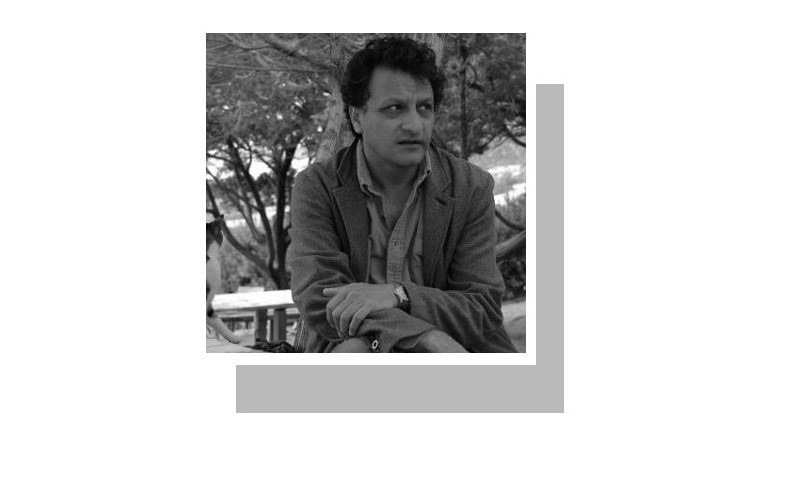PAKISTAN’S nutrition survey has been around since 1965. The previous one conducted in 2011 rang alarm bells with regard to the extent of malnutrition prevalent in the country. Part of the outcry was also due to the unacceptably high levels of malnutrition found in Sindh, when needs assessment surveys were carried out after the floods of 2010. Since then, malnutrition — which includes stunting, wasting and obesity — have been firmly on the political agenda.
In his first address to the nation, Prime Minister Imran Khan focused on stunting as one of the key challenges facing the country and his government. This interest is welcome. The newly launched Ehsaas programme has also broadened its ambit to include malnutrition in its social protection regime. Amid this heightening policy interest, the National Nutrition Survey 2018’s key findings are out.
NNS 2018 shows a decline in stunting from its previous level of 43.7 per cent. This is feel-good news for all those engaged in nutrition work over the years. In terms of top headline findings, the prevalence of stunting is shown to be at 40.2pc; wasting at 17.7pc; underweight at 28.9pc; and overweight (or childhood obesity) at 9.5pc. While stunting has slightly decreased when compared to 2011 figures, there is a rise in overweight persons from 5pc to over 9.5pc.
There are stark urban/rural inequalities in the distribution of malnutrition, as stunting and wasting are concentrated more in the rural parts of the country. More interestingly, almost all forms of malnutrition are higher in boys than girls. This turns around the long-held perception that malnutrition is more prevalent among girls due to the perceived preference of boys over girls when it comes to food. What has caused this change is hard to pin down and needs further investigation.
Almost all forms of malnutrition are higher in boys.
Stunting also shows regional variations, with Islamabad Capital Territory having the lowest stunting rates. Balochistan and Sindh have a higher prevalence of stunting at 46.6pc and 45.5pc, while Punjab is slightly lower at 36pc. Khyber Pakhtunkhwa with its newly merged districts has the highest rates of stunting at 48pc. In terms of historical trend, the prevalence of stunting has been on a lower trajectory from a high of 48pc in 1965 to a relatively low 33pc in the 1990s, and then again an upward trajectory from 2001 onwards, to slightly more than 40pc in 2018. This snail-paced progress, though welcome, calls for more robust and focused policy measures and development interventions.
Allied to this is the high prevalence of wasting reported in NNS 2018. The survey puts wasting at 17.7pc, which is the highest-ever figure in the history of Pakistan. The prevalence of wasting has steadily increased from 11pc in 1965 to 17pc in 2018, with a brief dip of 3.8pc in 1997. In 2011, wasting stood at 15.1pc.
As for breastfeeding, the proportion of children receiving their mother’s milk during the first hour after birth has steadily increased in the period between the last two surveys. However, exclusive breastfeeding figures do not inspire much confidence. From a high of 50pc in 2001, it has dipped to 37.7pc in 2011; only to inch up to 48pc in 2018. But, early initiation of breastfeeding has been on an upward trajectory from 26pc in 2001 to 45pc in 2018. Balochistan is the only province where the early initiation rate is 61pc, much higher than the other provinces. Whether it is due to less urbanisation and less exposure to marketing of baby formula milk or greater awareness of the importance of breast milk is hard to tell.
Similarly, micronutrient deficiencies, which include iron, zinc, and vitamins, still persist according to the NNS 2018. More than 3.7pc of children are anaemic with its prevalence rate slightly higher among boys and predominantly concentrated in rural areas.
NSS 2018 presents a mixed picture with some successes on stunting and breastfeeding. However, the overall picture and indictors remain pretty unchanged, provoking reflection on exiting approaches and the need to reorient our focus towards more targeted intervention, while keeping an eye on the multidimensionality of the crisis. Meanwhile, the persistence of a rural/urban divide in the distribution of malnutrition remains a challenge.
What the overall results call for is a fine-tuned strategy to target deprived districts and areas. NNS 2018 is different from the previous surveys in the sense that a district-level picture is also available now. This makes the task of targeted programming easier. Along with targeting interventions more narrowly, new policy measures also need to focus on wider implications of nutrition, encompassing social justice and food security issues.
The writer is the author of Patient Pakistan: Reforming and Fixing Healthcare for All in the 21st Century.
Twitter: @arifazad5
Published in Dawn, August 11th, 2019












































